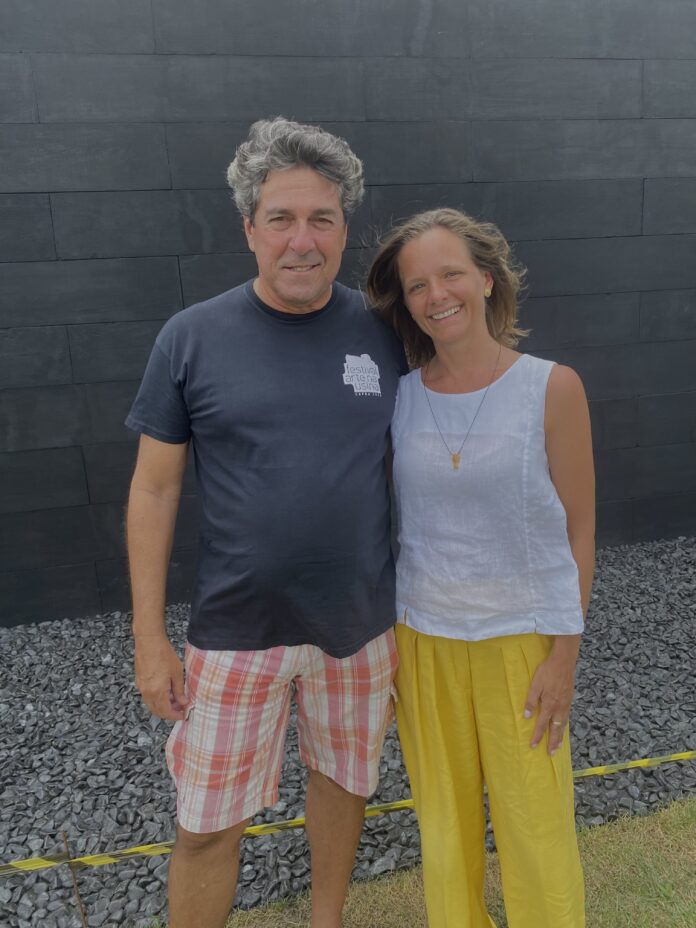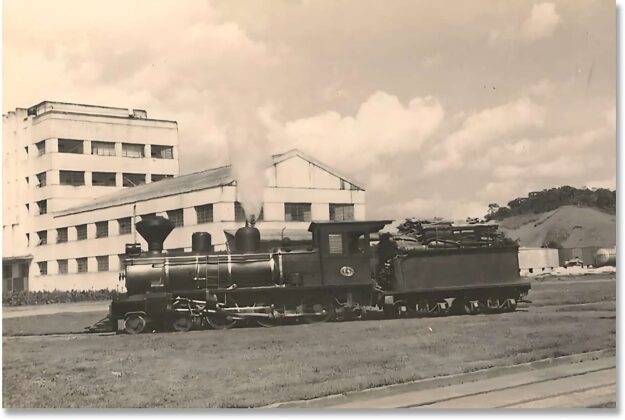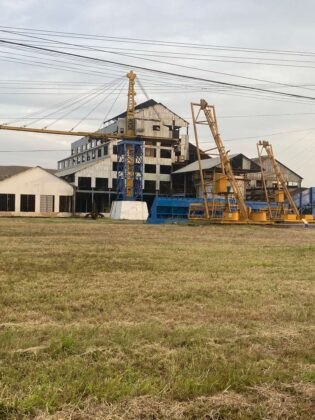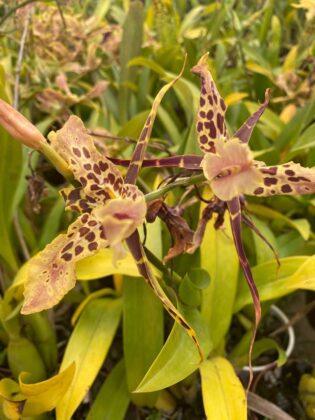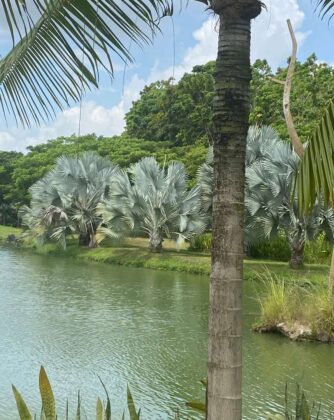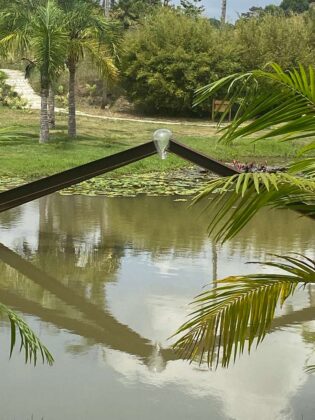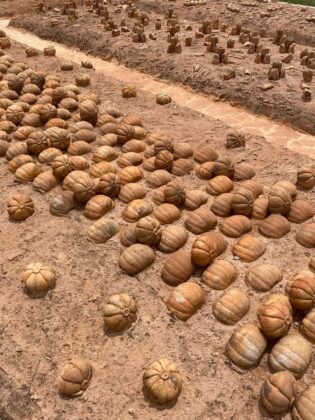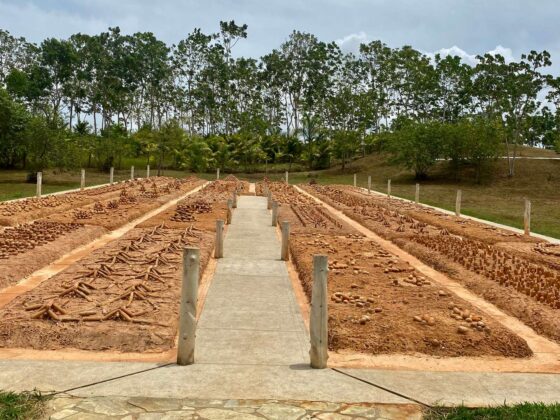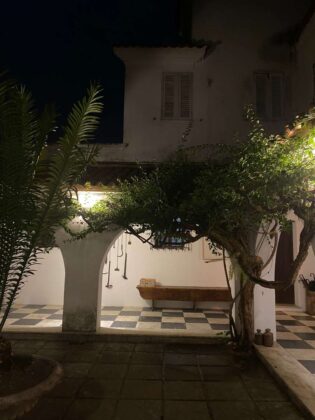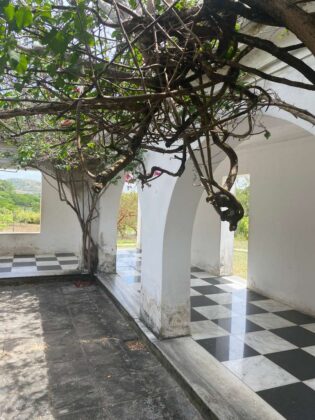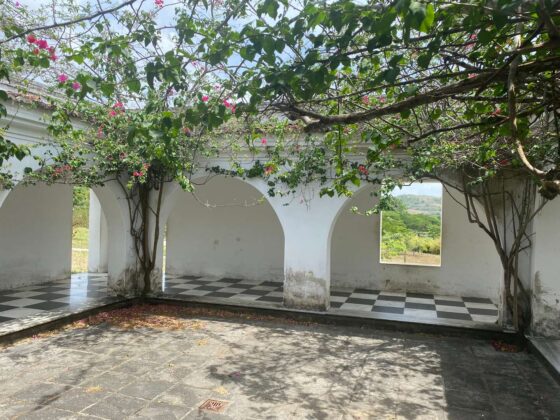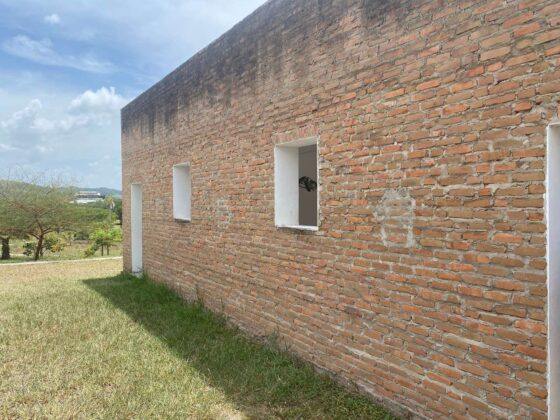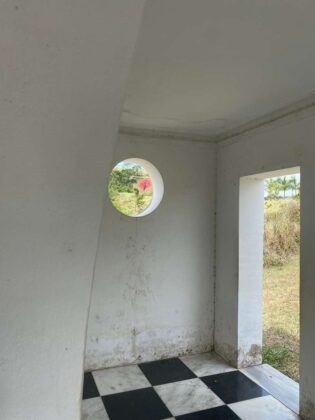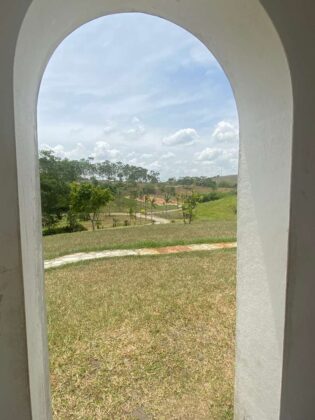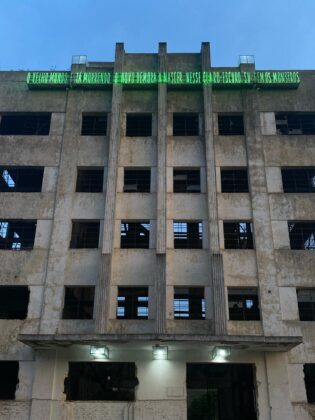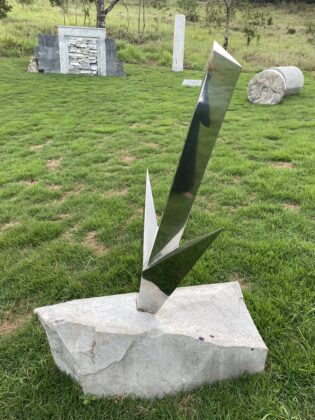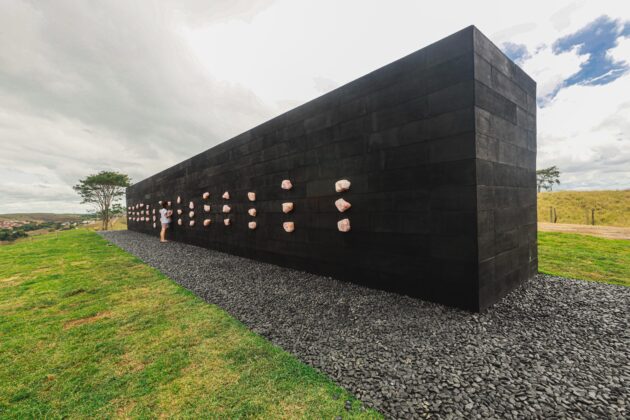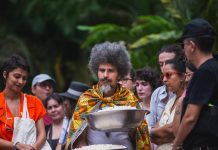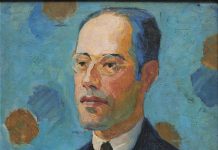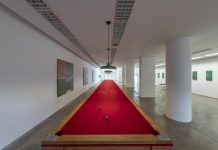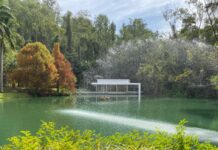In Pernambuco, just an hour and a half from Recife, along a surprisingly well paved road, visitors have access to Usina de Arte. Project designed in 2015, by Bruna and Ricardo Pessôa de Queiroz, it is located in a space of 130 hectares of land, within a total area of almost 7000 hectares, in Zona da Mata Sul, in Água Preta.
O project reflects the desire of the couple and their family to revisit the history of Usina Santa Terezinha, whose operation began in 1929, under the leadership of Ricardo's great-grandfather, José Pessôa de Queiroz, and which became one of the largest producers of alcohol and sugar in Brazil in the 1950s. In 1998, the plant closed its milling activities.
After almost 100 years, redefining and rebuilding this space had and has as its objective, not a new rural production initiative, but rather an intervention in the territory, transforming it into a place dedicated to nature, to the production of national and international contemporary art, to culture, education and the offer of new possibilities for work, education and inclusion of the community of almost 6000 people, who live in its surroundings.
Part of the old landing field and railway lines were transformed into a garden of almost 40 hectares, which surrounds three artificial lakes, designed by landscaper Eduardo Gomes Gonçalves, amid reforestation with around 10 thousand plants of approximately 600 species. Former offices were transformed into a large library where there is also the recently opened Fab Lab Mata Sul – Usina de Arte, the School of Music and the Public Knowledge Center with more than 5 thousand titles, computer terminals connected to the internet, 3D printers and laser cutters for community projects.
The idea of open-air contemporary art museums and the reoccupation of territories began, in the case of Brazil, in 2006, with a huge investment by businessman and collector Eduardo Paz in Inhotim, Minas Gerais, where an exemplary Botanical Garden and different Pavilions for exhibitions of renowned artists, along with their collection. After many years it is an international reference.
In the case of Usina de Arte, the project aims to occupy the space by developing or acquiring works that speak to the history and nature of the place. Today there are more than 45 works already implemented, others were developed as specific sites in artistic residency, and others, acquired especially for the place.
One of the first initiatives, in 2015, was the intervention of the artist (and curator at the time) José Rufino. In one of the abandoned hangars Rufino created several works using scraps, chains, funnels, mechanical parts, utensils or period furniture seeking to remember the history of the plant, creating a kind of useful-memory art.
Matheus Rocha Pitta opened in 2022 A field of hunger, an immense intervention in the landscape. The installation occupies an area of 700 square meters with a vegetable garden focused on vegetables typical of the Northeast, such as cashew, pine cone, pineapple, corn, cassava, made with clay. The work refers to the destruction of the environment, hunger and waste. Pitta Rock also brings to light the description of a famine camp located east of the Acropolis, in Ancient Greece.
According to legend, no one could enter that land where hunger was confined. If anyone entered, famine would spread throughout the world. “My idea was to develop work to contain hunger, an almost sacred place, to let the lack of food remain there, frozen.” The garden is made up of 30 beds where vegetables, fruits or roots from the region are arranged. “In total, the installation brings together around nine thousand pieces produced by Sundays, artisan from Tracunhaém, a city known for its work with ceramics”.
atrium, a large replica of the internal courtyard of the main house, designed by the artist Marcelo Silveira in an artistic residency carried out through an agreement with the Aloísio Magalhães Art Museum (Mamam), leaves just bricks around it and it maintains all the characteristics of the passage of time in the walls, in its columns and floors, as if it had been ripped from the private and transformed into public. With this idea, the atrium is a place for meetings, soirees and readings.
In 2021, with the addition of another collaborator to the team, curator Marc Pottier, Usina de arte acquires the paradigmatic work of Alfredo Jaar, Claro-Escuro, 2021, NEO, installed in one of the buildings built in the last century. Jaar, a Chilean artist, architect and filmmaker who lives in New York, said, during the presentation of the work to the public: “This place is not empty, it is full of ghosts from history, from Brazil and from the world”. His work – a huge neon with the phrase, by the Italian thinker and politician Antonio Gramsci, “The old world is dying. The new takes time to be born. In this light-dark, monsters appear” – renews the idea of what is repeated in history, and that at each different moment a new challenge arises.
In January 2024, Bruna and Ricardo inaugurate two very important works for the park. Fall of the Giants, by the couple of French artists and sculptors Anne and Patrick Poirier, researchers of Mediterranean European history and previous civilizations. They were born during the Second World War and followed the destruction of cities during bombings and their consequences. Living in the south of France, they have always been very close to the ruins and remains of Roman buildings that remain there, as Provence was once a Roman colony.
“Our work is concerned with the idea of fragility. Be it memory, cultures, nature or humanity. To express this feeling, we use all kinds of materials, images and metaphors. And among our favorite metaphors are that of ruins. Broken architecture or sculptures are the most evident images of this fragility”, explain Anne and Patrick Poirier. Another hallmark of the couple's work is the presence of analogies with Greco-Latin mythologies. Fall of the Giants”refers to the Greek myth of a war between gods and giants, where a large marble eye and sculptures are hit by powerful steel arrows, in a universal allegory of the struggle between man, his gods and their beliefs, time and difficulties”.
Still in this first week of February, Serbian artist Marina Abramović inaugurates her first work open to the public in Brazil in the park. The work, generator alludes to the idea of a huge energy generator. It was born from the artist's experience in a performance at the Great Wall of China, in 1988, and features a wall 25 meters long, 3 meters high and 2,5 meters wide, on which 12 sets of three rose quartz cushions are placed - coming from Minas Gerais- known for transmitting calm and clarity, where the public can touch their heads, hearts and stomachs.
For the artist, we live paradoxically, in a world where individuals, while connected by infinite digital connections, lack a genuine connection with themselves, with their peers and with nature.
“As in other opportunities, Marina Abramovic's work was a process of stitching together the history of Usina de Arte, the community next door, and Pernambuco. Regardless of being an international artist, Marina dedicated her time and energy to understanding who we are, who Usina de Arte is and how to contribute to the park's trajectory. She presented four projects and, in the end, the work in question was defined. A work that speaks to the memory of the place, the history and the Northeast of Brazil”, says the curator of Usina de Arte, Marc Pottier.
Abramovic, who became internationally known with his individual participation in performances, such as the one he presented at MoMa, The Artist is Present (2010) works with the concept he calls “transitional objects”. Through them, he encourages the public to go a step further and become an active part of the work, becoming “experiencers” of the objects and creating artistic work together with them.
From another perspective, for Bruna Pessôa de Queiroz, there was an intention in this invitation – as well as in the opportunity to inaugurate the work Diva (2020), by artist Juliana Notari – to bring to the park a strong vision of the place that women have been acquiring in contemporary culture, and the importance of the strength that they give to their dreams.
Usina de Arte has everything it needs to become another of the public's favorite national and international destinations. The next objective is to create a series of equipment capable of welcoming visitors and making the experience as pleasant as the place.

